Use Drip Irrigation For Raised Beds To Grow More With Less
Install a drip irrigation system directly into your raised bed to keep plants lush while saving on water.
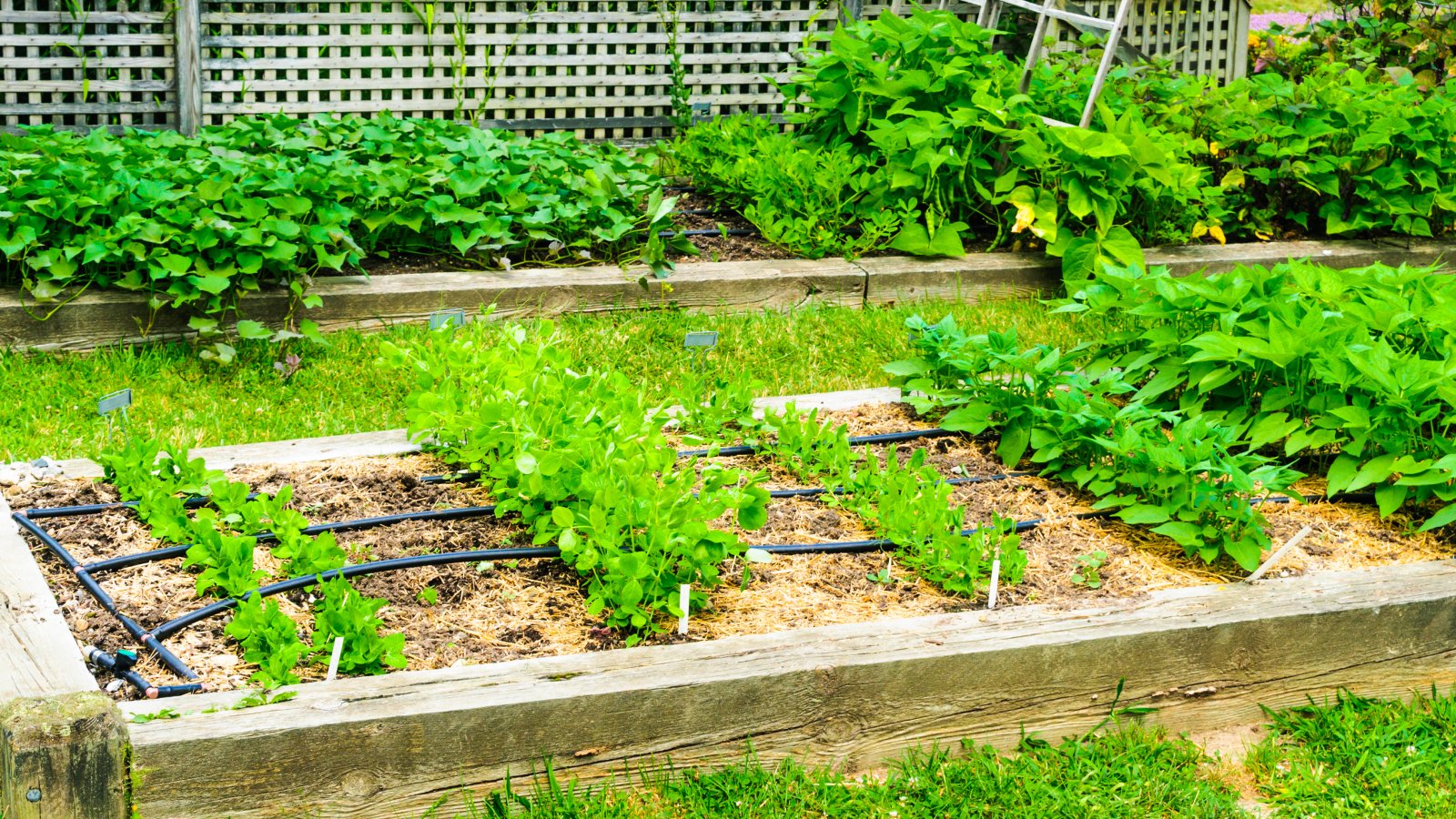

A drip irrigation system is a great way to water raised beds. A drip system for raised beds gets water to the plant’s roots while keeping it off the leaves. An added bonus is you can grow more plants with less water.
Benefits of Drip Irrigation for Raised Beds
Drip irrigation involves a slow application of water to a plant's root area through individual water release mechanisms called emitters. This allows for a very focused application of water. No water is splashed on the foliage and, since the water is delivered under the soil, little is lost to evaporation. And watering so deeply encourages the roots to grow down. In addition, weeds growing between plants are deprived of water and die.
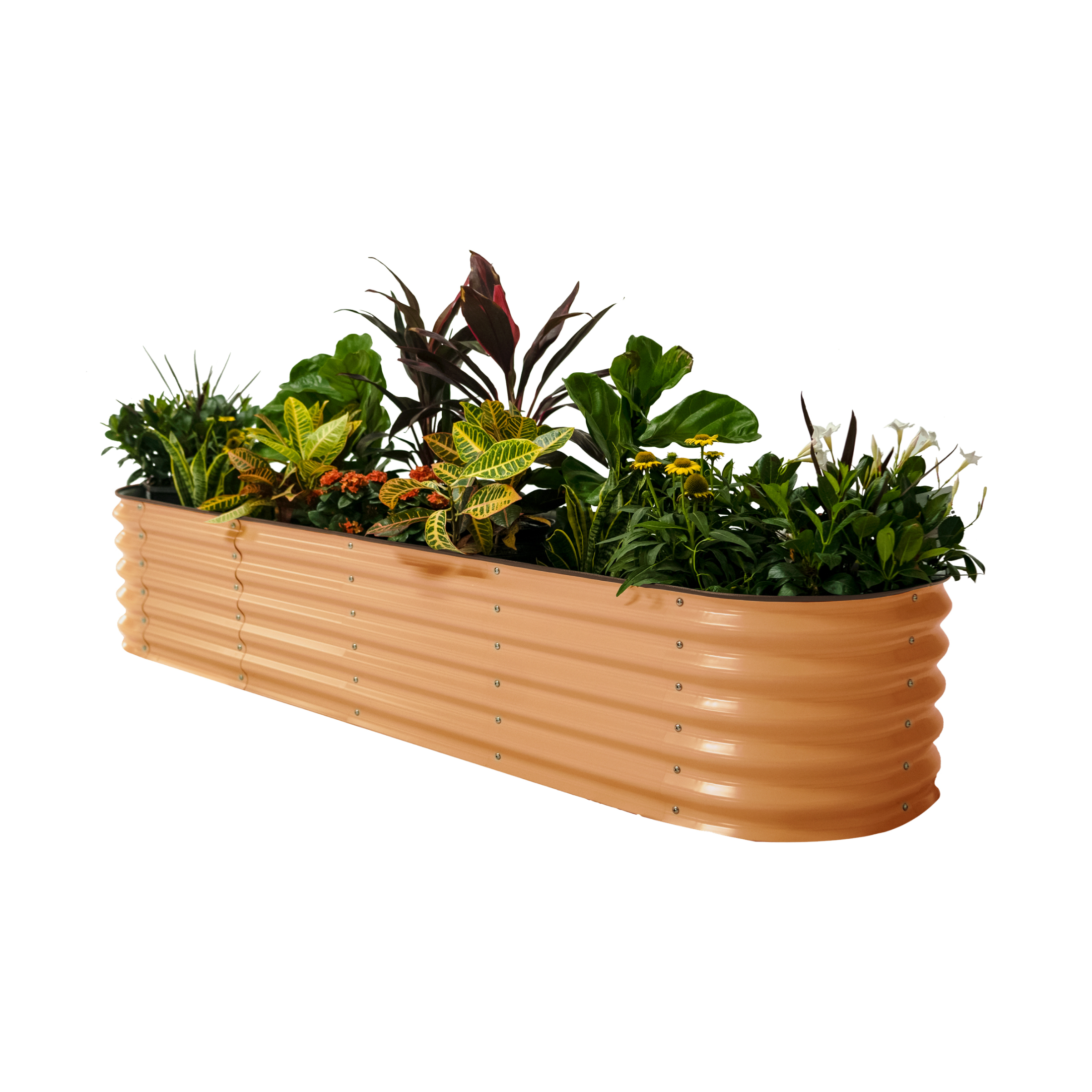
Need a raised bed to get started? These modular raised beds from Vego can be built to fit your space.
Choosing a Drip Irrigation System for Raised Beds
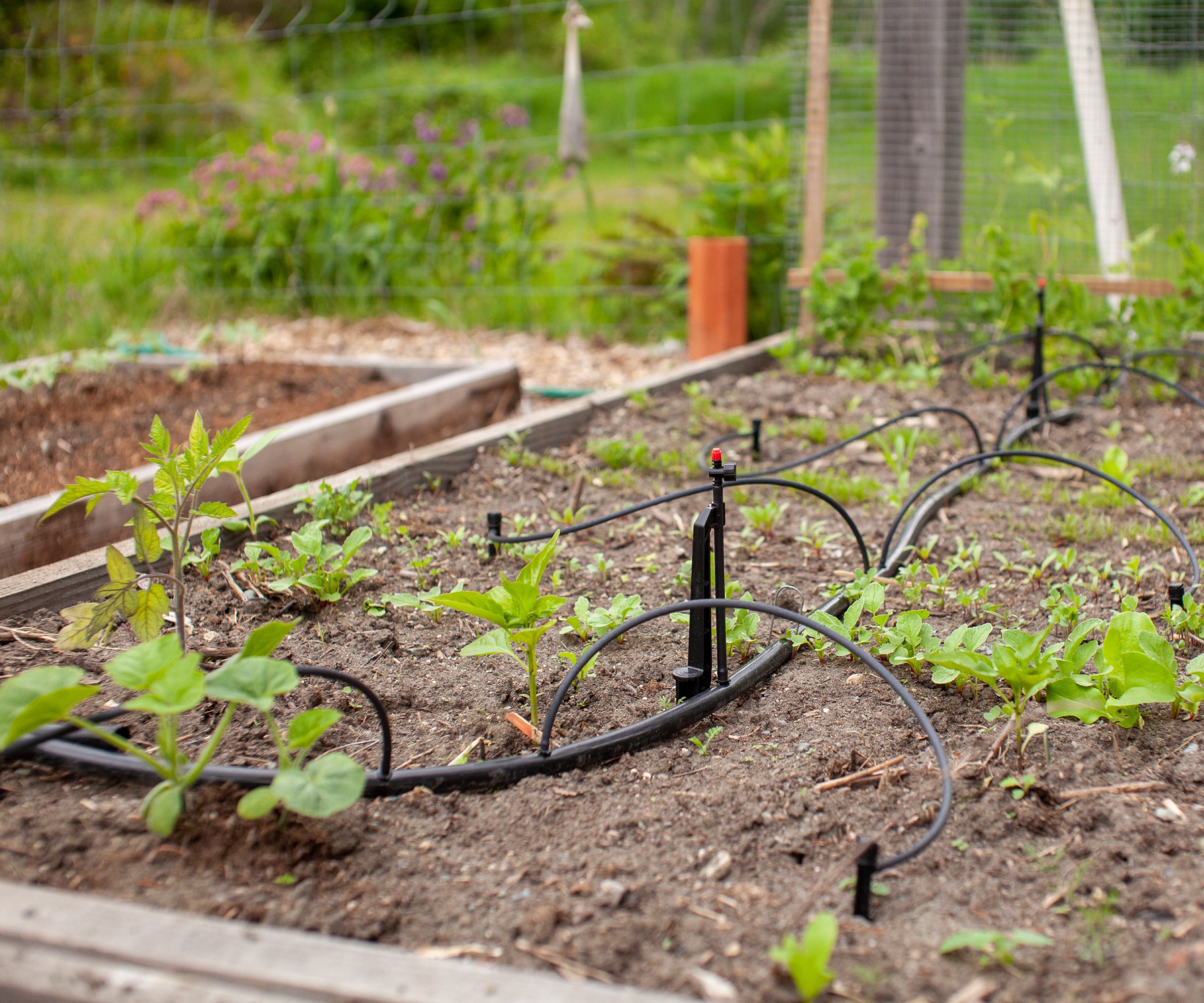
All drip irrigation systems have five different components:
- A water filter
- A pressure reducer
- A pressure gauge
- A header pipe
- Drip lines
The two primary types are a rigid drip system and a flexible T-tape system. The former is more expensive but lasts longer, while flexible drip tape, also called T-tape, is cheaper, but it’s only good for a season or two.
If you are just getting started with drip irrigation, consider buying a complete system from a supply company. They will sell you one based on how many containers you want to irrigate. As an alternative, retrofit your current raised beds with drip irrigation, using elbows and pipe and putting the drip lines at ground level.
Keep your maximum water pressure in mind. An irrigation drip system can not deliver more water than the supply and pressure permit. Also, be sure to design the system with your plants in mind.
How to Install Drip Irrigation in Raised Beds

Raised beds can also be retrofitted to use drip irrigation. It is just a matter of using elbows and various lengths of pipe to allow the drip lines to be at ground level between the beds.
Gardening tips, videos, info and more delivered right to your inbox!
Sign up for the Gardening Know How newsletter today and receive a free copy of our e-book "How to Grow Delicious Tomatoes".
Winterizing a Raised Bed Drip Irrigation System
If your winters get cold, you’ll need to winterize your irrigation system. If the temperatures are very cold, the water in the components of the system will freeze. Water expands and can split the tubes.
Drain the water out of the system through the mainline ends and the ends of the T-Tape. Then replace the line ends to keep dirt from getting in. Store the filter indoors. Flush the system when you start up again in the spring.

Teo Spengler is a master gardener and a docent at the San Francisco Botanical Garden, where she hosts public tours. She has studied horticulture and written about nature, trees, plants, and gardening for more than two decades. Her extended family includes some 30 houseplants and hundreds of outdoor plants, including 250 trees, which are her main passion. Spengler currently splits her life between San Francisco and the French Basque Country, though she was raised in Alaska, giving her experience of gardening in a range of climates.
-
 Looking For Plants To Give You The Soft And Fuzzies? Try These 5 Fuzzy Leaf Plant Options
Looking For Plants To Give You The Soft And Fuzzies? Try These 5 Fuzzy Leaf Plant OptionsLovers of texture, drama, silver foliage and tactile plants will adore these special sensory garden additions. These fuzzy leaf plant options will leave you all aglow
By Susan Albert
-
 Get Ready For A Summer Of Hummers! Grow These Full Sun Hummingbird Plants and Flowers
Get Ready For A Summer Of Hummers! Grow These Full Sun Hummingbird Plants and FlowersIf you’re lucky enough to enjoy a sunny backyard, make sure you are maxing out on your pollinator opportunities and grow these full sun hummingbird plants and flowers
By Tonya Barnett
-
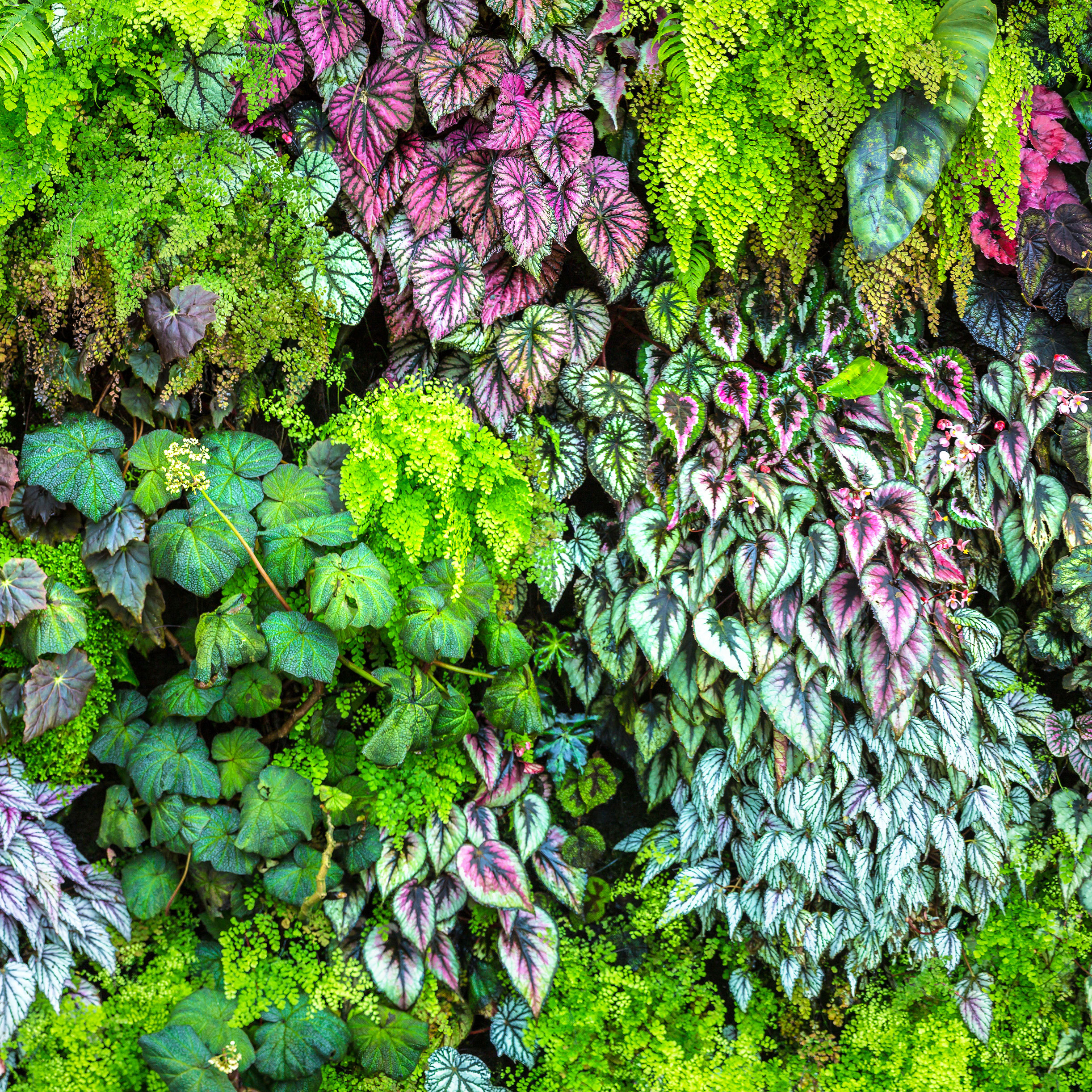 Easy Vertical Gardening Hacks For Beginners: Why You Should Grow Up, And 3 Ways To Do It!
Easy Vertical Gardening Hacks For Beginners: Why You Should Grow Up, And 3 Ways To Do It!If you’re short on space or keen to make the most of every inch, vertical gardening is the way to grow. We explain how to plan & plant up with three easy building methods
By Teo Spengler
-
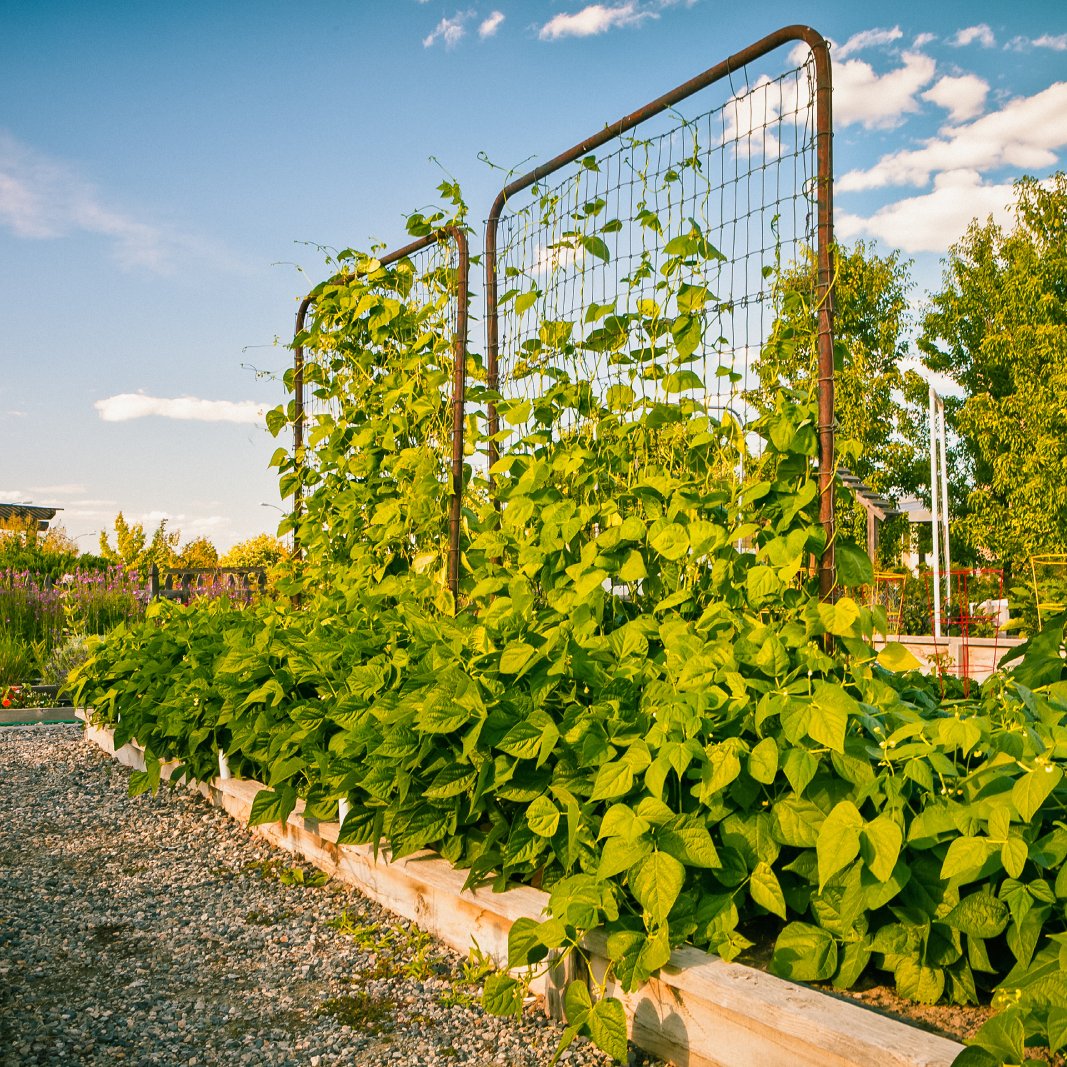 Why You Should Try A Raised Garden Bed With A Trellis – Plus, Beautiful Design Ideas
Why You Should Try A Raised Garden Bed With A Trellis – Plus, Beautiful Design IdeasAdding a trellis to your raised garden bed expands your growing space by leaps and bounds. Raise your raised bed to new heights!
By Amy Grant
-
 The Best Wood For Raised Garden Beds: Selecting The Right One For Your Gardening Project
The Best Wood For Raised Garden Beds: Selecting The Right One For Your Gardening ProjectThe best wood for raised garden beds varies in terms of durability and availability, but most importantly, it needs to be untreated. Learn about the best ones to use.
By Mary Ellen Ellis
-
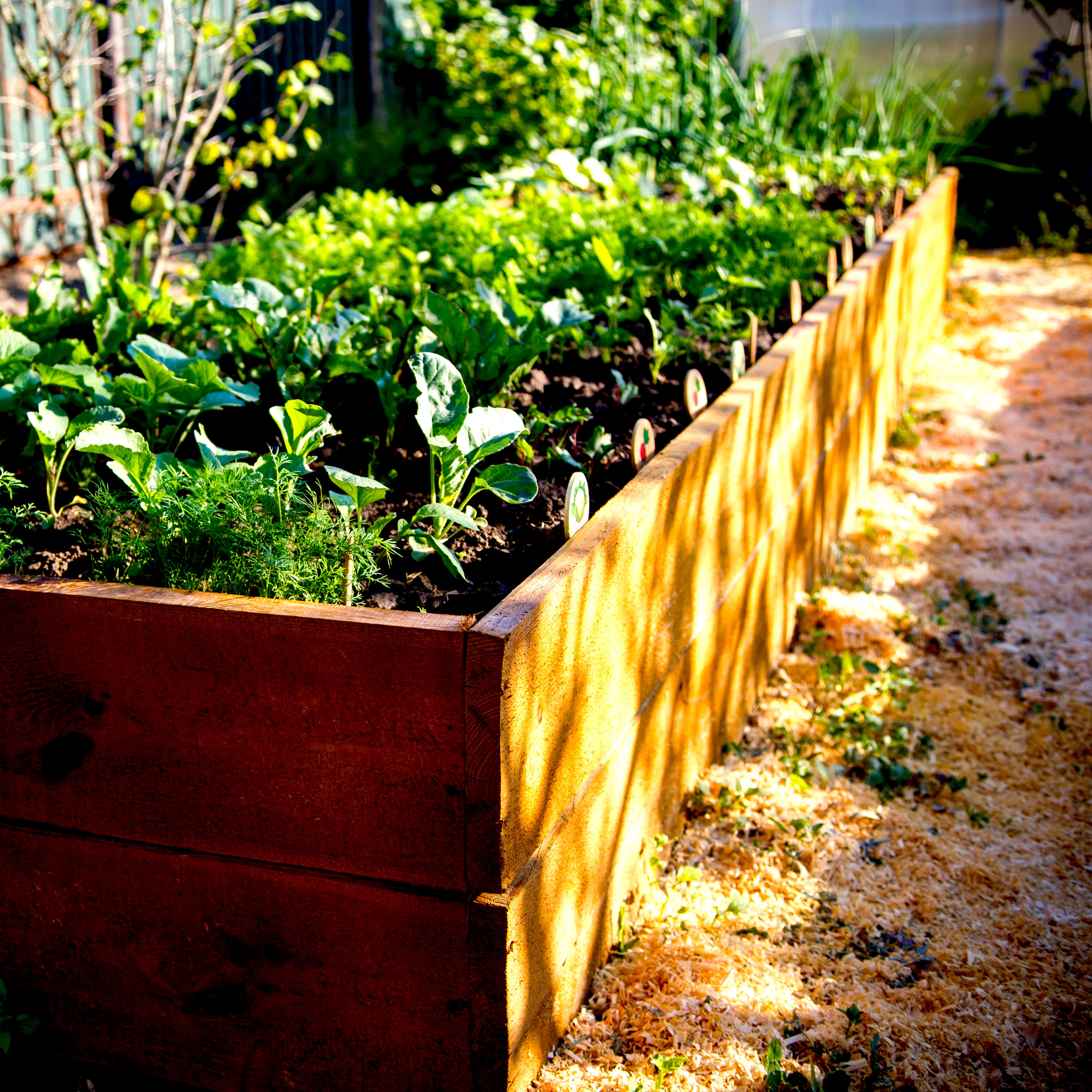 Cedar Raised Garden Bed Benefits: Which Cedar To Use And Where To Start
Cedar Raised Garden Bed Benefits: Which Cedar To Use And Where To StartIf you’re thinking of making a raised bed, wood is a popular choice – and cedar has striking visual appeal. Here’s why a cedar raised garden bed could work for you
By Amy Grant